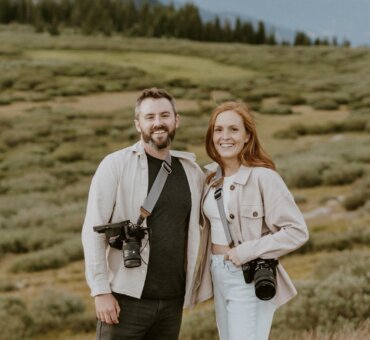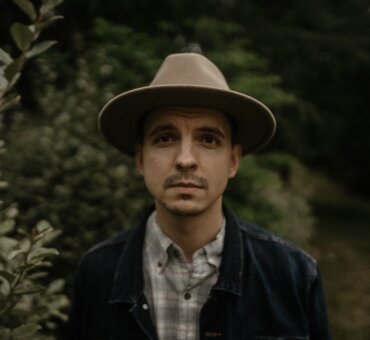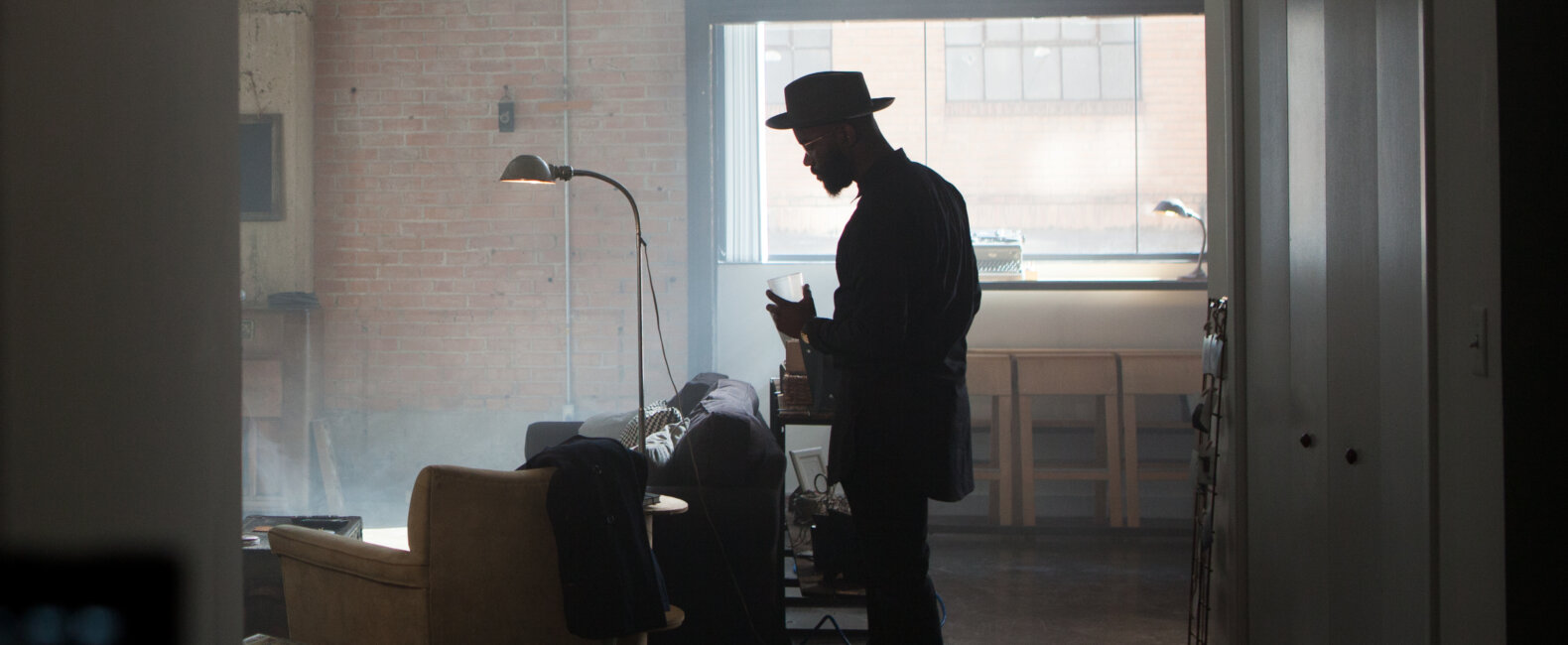For the past year we’ve been traveling around the world making short films about filmmakers and musicians, capturing amazing creatives in their environments, digging into what exactly makes artists tick. We’ve gotten pretty good at telling other people’s stories. But one thing we haven’t done much of is tell our own. We haven’t made sales-y commercials about Musicbed. We haven’t put out slick promos announcing new features. And the reason for that is — at least for us — Musicbed is about so much more than just licensing music. It’s about creativity and artistry. It’s about creatives and artists. To talk about Musicbed and not talk about artists seems sacrilegious — close to impossible, actually.
So when we (the MB film team) were tasked with creating a film about all of Musicbed’s features, we couldn’t help but make a film about a filmmaker.
For the curious, here’s a look behind the scenes at our recent film, The Perfect Song for Every Project.
“Rather than jump straight into figuring out how we were going to communicate the information, we focused on finding the right feeling for the piece as a whole.”
PRE-PRODUCTION
All of our Musicbed projects begin quietly around a conference table and quickly devolve into notebook scribbling, Vimeo clicking, and headphone listening. This is called “pre-production.” It’s when every idea gets thrown onto the table and nothing goes unsaid. For The Perfect Song for Every Project, our challenge was to create a film that shows all of the features Musicbed has to offer (filter browsing, mood playlist, live chat, wishlists) and all within a two-minute commercial.
Rather than jump straight into figuring out how we were going to communicate the information, we focused on finding the right feeling for the piece as a whole. After untold hours of “pre-production,” we had a good grasp on the vibe, pace, and palette.
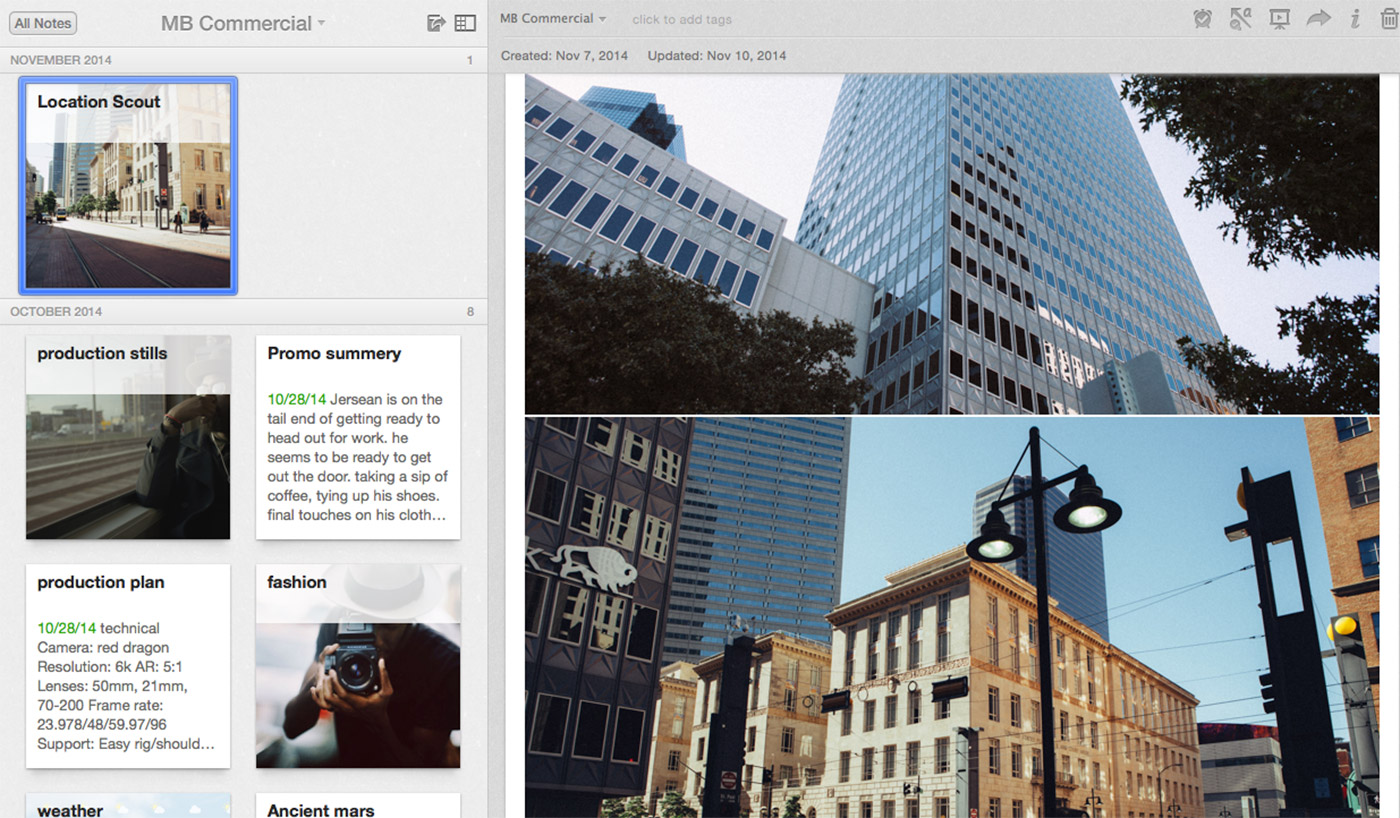
Once we’d found our feeling, the next hurdle was figuring out how to communicate a list of features without just…listing features. Our solution went back to one of the most basic principles of advertising: Don’t show the features, show the benefits. We came up with the idea of following a freelance filmmaker on his commute to work and watching him use all of Musicbed’s features along the way. His simple journey would show how these features improve a filmmaker’s day-to-day life.
Once we’d settled on the feeling and basic story structure, we started filling up our Evernote Notebooks like crazy. This is the fun part of pre-production, where everyone starts gathering lighting references, clothing references, prop references — anything and everything that will be needed to bring the feeling and story to life. A big reference for us ended up being a video by Benjamin Loeb called Ancient Mars. We loved the color palette, the flatness, and the 48 fps.
“Our solution went back to one of the most basic principles of advertising: Don’t show the features, show the benefits. ”
LOCATION SCOUTING
With pre-production now complete, we started thinking through our production day. What locations would we need in order to bring this story to life? What times of day would we need to be there? We decided that to tell this story right, we’d need four different locations: a loft, an exterior downtown (for the bike ride), a train/subway, and a workspace.
So we started making some phone calls. Despite striving for the best production quality possible, we almost never have to pay to use locations. We just call up our friends. Or we have our friends call up their friends. Almost always the perfect location appears, and almost never does it cost more than a very genuine “thank you” at the end of the day.
For this shoot, we called up our friends at Stripes Agency, whose office is right in the middle of downtown Dallas. As luck would have it, their resident filmmaker, Rob Martinez, has a loft down the street from the office. So with a single phone call, we’d already found half of our locations. And since the other two locations were exterior and open to the public, it just took a little walking around to find the perfect places/times to shoot.
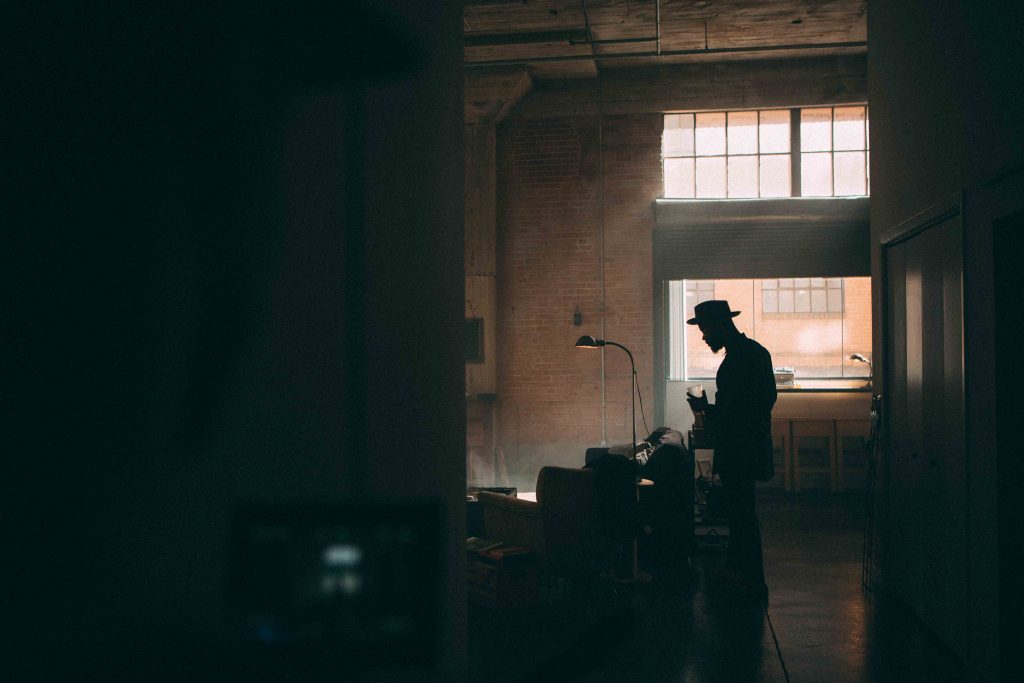
TALENT
From the start, we knew we wanted our good friend JerSean Golatt to be our talent. JerSean isn’t an actor. He’s a local filmmaker/photographer, and he perfectly encompasses what the film — what Musicbed — is all about. He also happens to have great style, which was a big bonus.
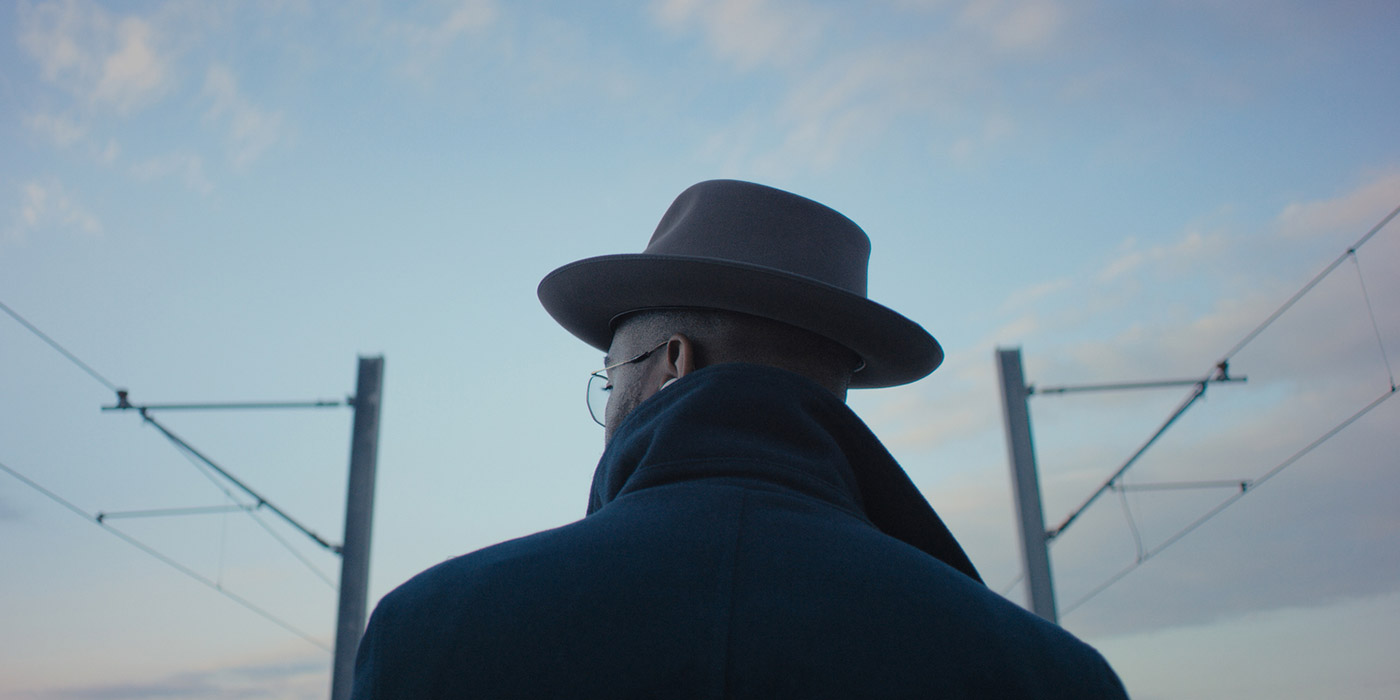
PRODUCTION
No matter how hard we try in pre-production, no matter how diligent we are with our planning, stuff is bound to go wrong in production. It seems to be one of the unwritten laws of the universe. The yet to be discovered fifth law of thermodynamics. You just have to go with it.
By far the biggest hurdles on this shoot came down to a lack of time and a lack of manpower. Our crew was slim: just Christian, Max, and JerSean. Normally we like working lean, but we shot a little too lean this time, and we definitely could have used a couple extra hands to carry our gear.
Speaking of which…our gear for this production was the RED Epic Dragon (shot at 6K) and, primarily, Zeiss CP2s.
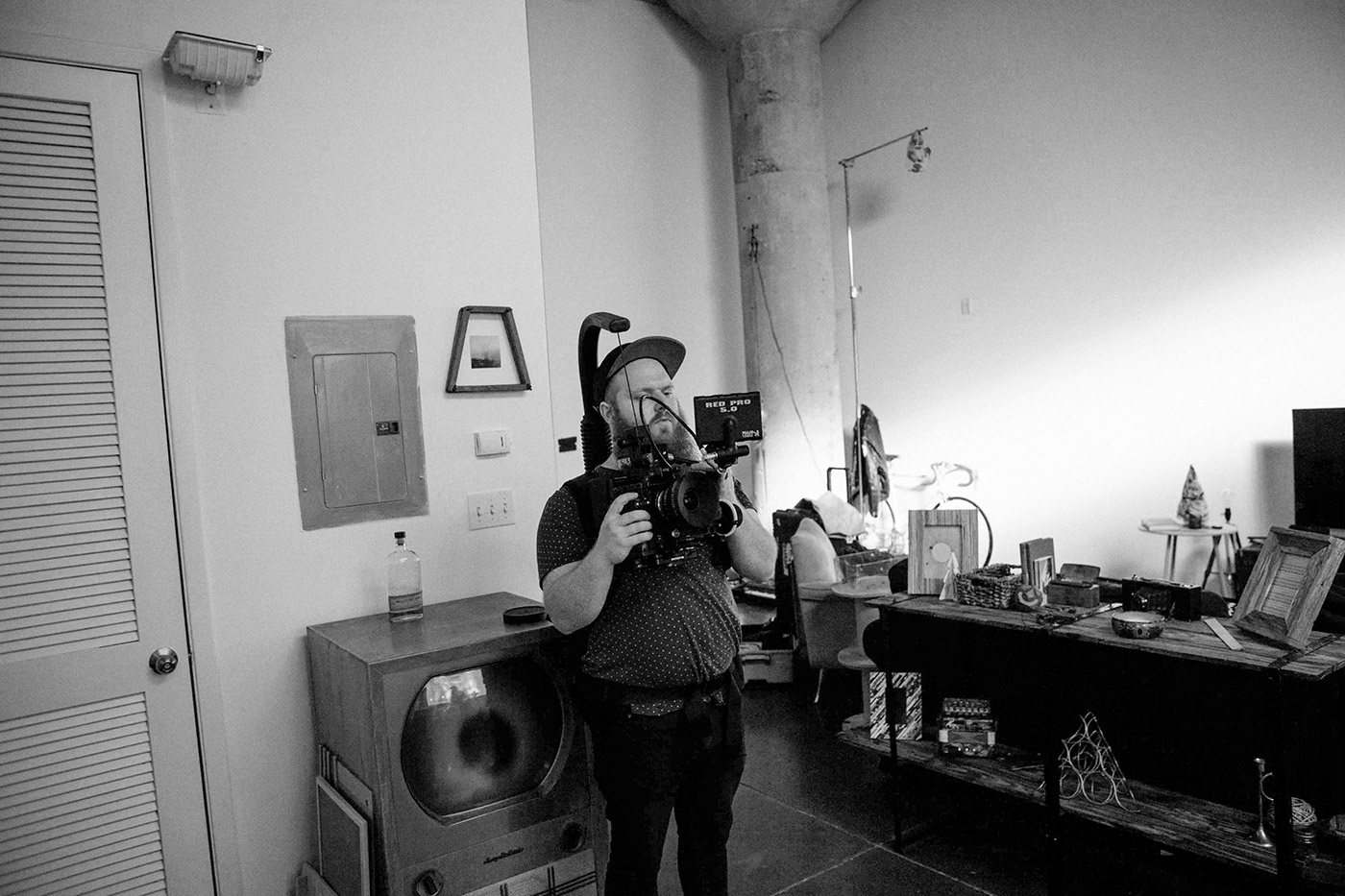
Our day of shooting — just like in the film — started at Rob’s loft, a spacious concrete room with lots of exposed brick and tons of natural light. The morning light already looked beautiful, but to enhance the effect we used a DF-50 hazer. The rest of the lighting setup was super simple. We used the sunlight as our backlight, and we backlit JerSean with a Kino Flo 4bank and bounced a Tweenie light off a piece of 6′ x 6′ unbleached muslin. Our rule of thumb is to keep lighting natural and motivated unless something just looks amazing, in which case we do whatever we want.
Shooting in the loft took longer than we expected. By the time we wrapped up at 10:30 a.m., the morning sun had gotten too high. We’d planned on shooting a few of the outdoor scenes next, but we called an audible and went straight to Stripes Agency, having decided to push the train scenes until dusk and the bike scenes until the next morning.
We showed up at Stripes’ office and went straight to work on our lighting setup, which we’d worked out ahead of time during scouting. The biggest lighting problem at Stripes is the fact that their office is surrounded on all sides by tall buildings. The only time of day they get direct sunlight is between 4 and 5 p.m. Not only that, but they don’t have any artificial lights in their office, claiming it “sucks all the creativity out of the room.” To compensate, we brought in some fill lights and established a “light side” of the room and a “dark side.” The key is to create black somewhere in the image. We did this by directing more light into the light side of the image, and subtracting light from the dark side.
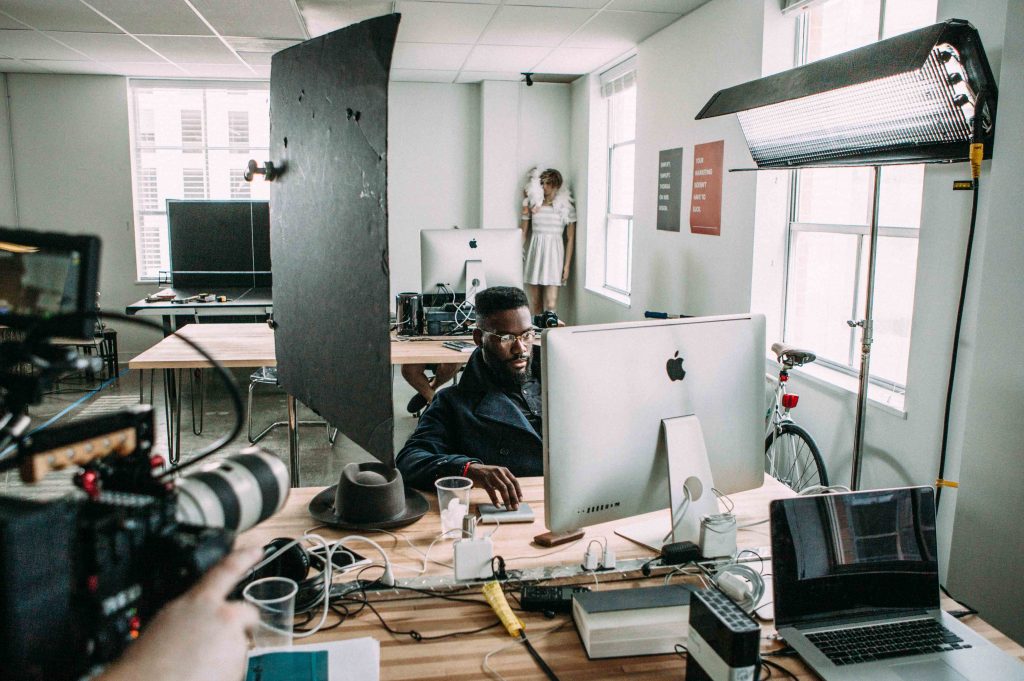
There are a lot of ways to subtract light. You can use black solids, close curtains, shut the blinds. Sometimes you have to get creative. On this shoot we did it all: shut the blinds, used floppies — anything we could to create black.
Our first priority was getting wide coverage, and then we moved in for closeups. We find it easer to go from wide to close. One reason is that we always move lights in for closeups. We cut them and squeeze them and do anything we need to get the look we’re after. Your wide lighting setups should almost never be the same as your close setups.

One problem we ran into was that, because everything in the room was so reflective, we needed to subtract some light off of JerSean’s face. We did this by moving one 4bank to act as window light coming at him at a 45 degree angle; by keeping one 4bank fairly far away to create a rim on his neckline; and, finally, setting up a simple floppy to subtract and bounce from one side of his face at another 45 degree angle. We found ourselves moving the negative fill closer and closer the tighter we got.
The last scene of the day was on the train, which was a completely unknown environment for us. We stripped everything away and took only what we needed: the Dragon with a top handle and two lenses. Depending on what lenses you use, the Dragon will mostly likely be under 12 pounds. It’s a fairly portable cinema camera.

We purposefully got on a train we knew would cross paths with the sun. Then, knowing where it was going to hit, we tried to place JerSean on the same side of the train to create a nice, soft sunlight effect. Everything was available light. No LEDs or bounces.
The next morning we were up early to capture the last scene of the film — the bike riding scene — and call the project a wrap. Even with our small crew and tight schedule, we were able to create a film we’re all proud of: a film that hopefully does more than just list the features of Musicbed, but shows the benefit to artists and creatives everywhere.
So there you go: a small glimpse into our process and our brains. It’s a bit of a mess sometimes, but it always comes together somehow. Which is maybe another law of the universe: things work out. You just have to press on through.





































































